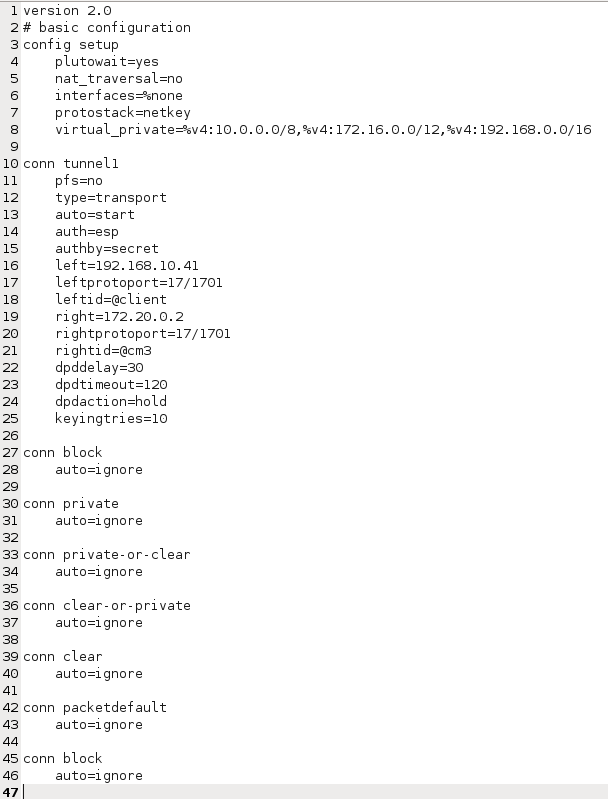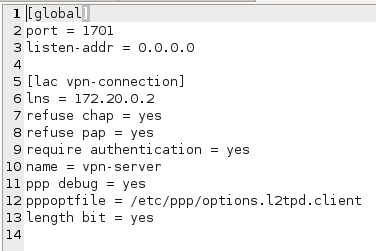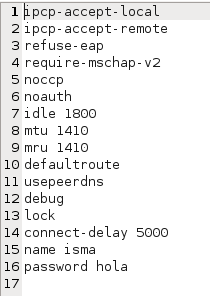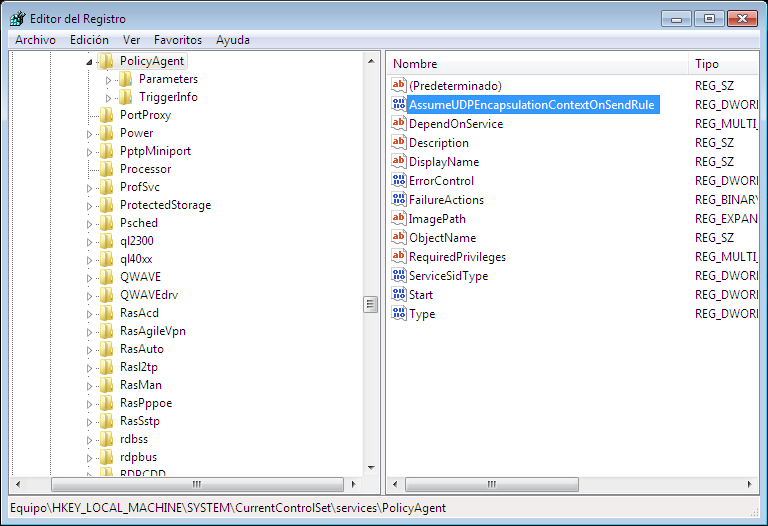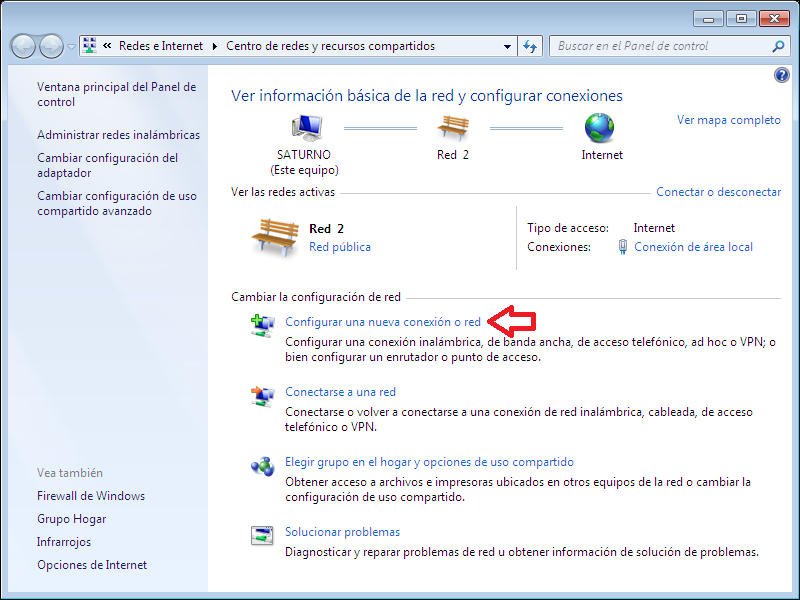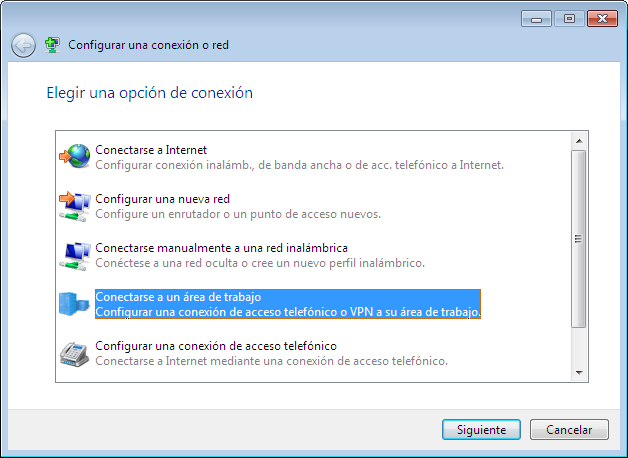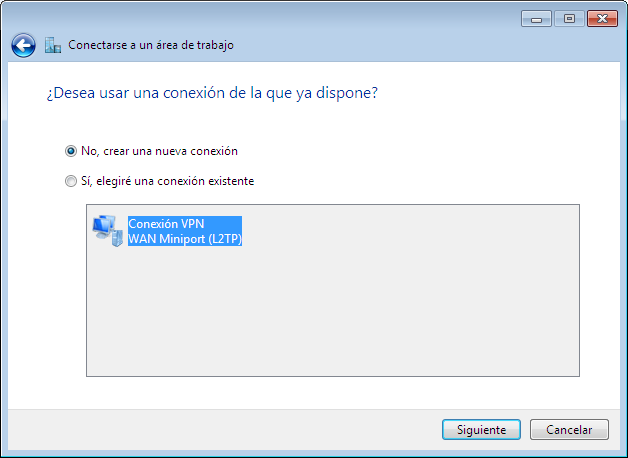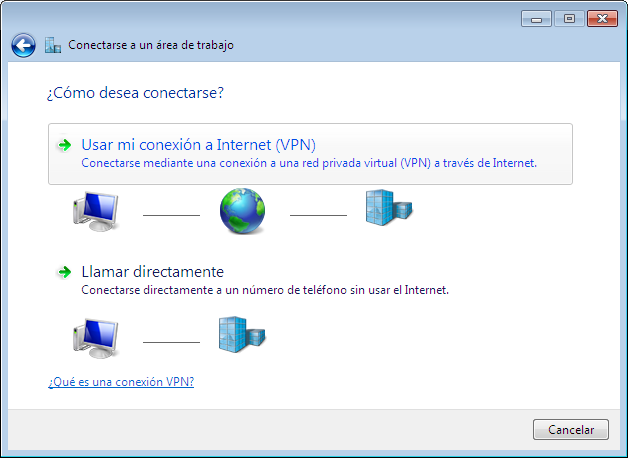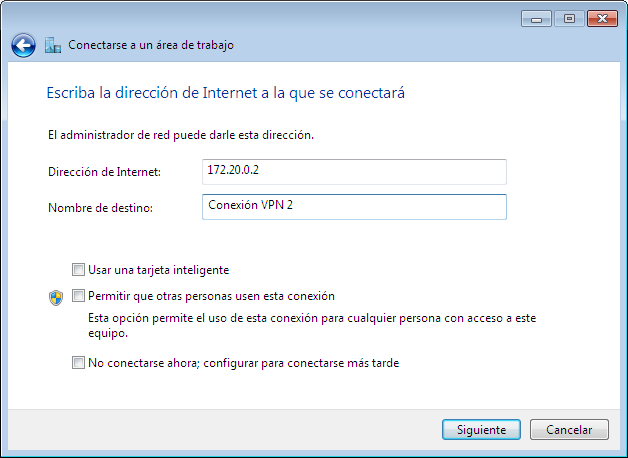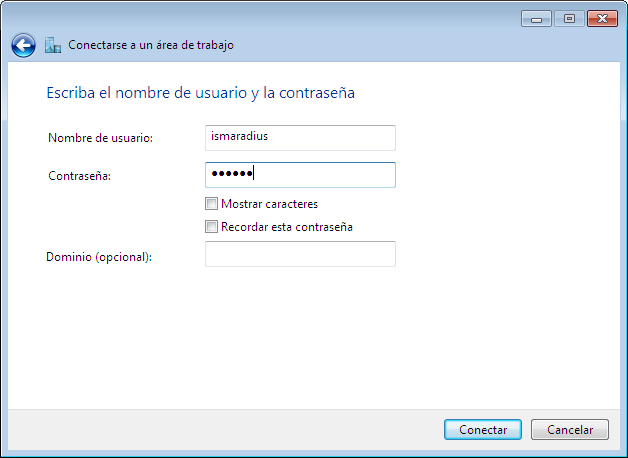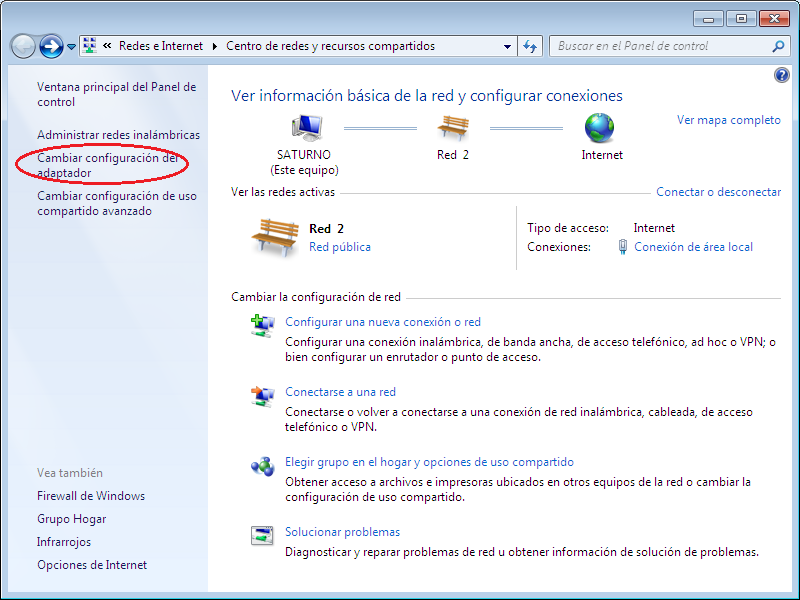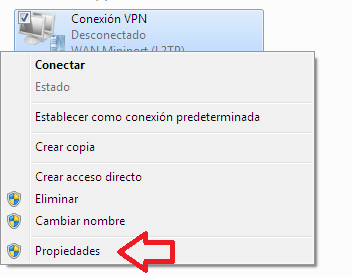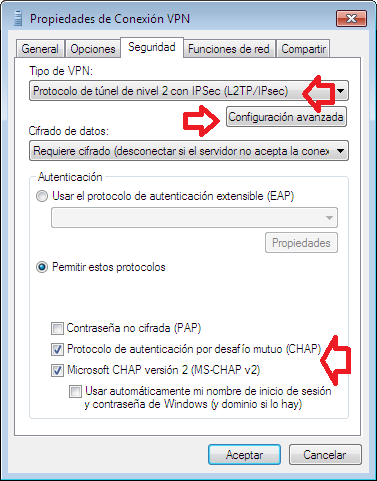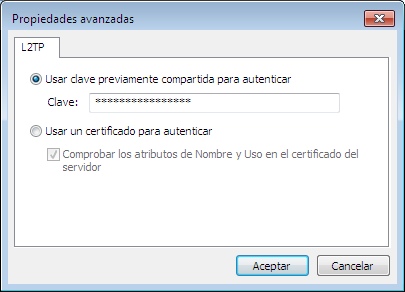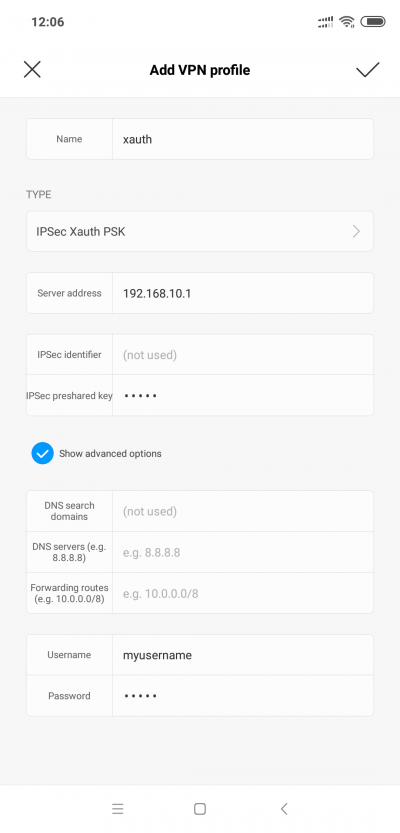This is an old revision of the document!
Table of Contents
Clients
PPPoE Clients
WINDOWS 7
- To add a conexion PPPoE we go to acces to START –> CONTROL PANEL –> NETWORKS AND INTERNET –> NETWORKS CENTER AND SHARED RESOURCES, when we have this screen:
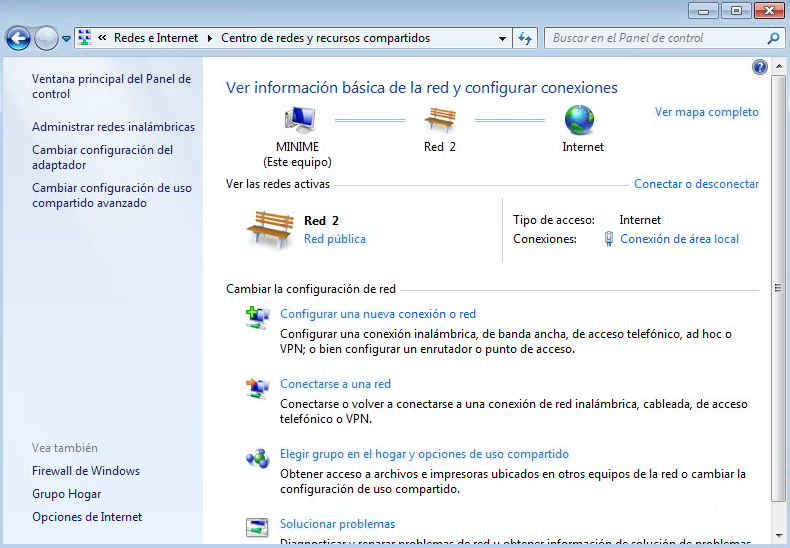
- In this screen, press over “Configure a new conexion or network” and it will show this:
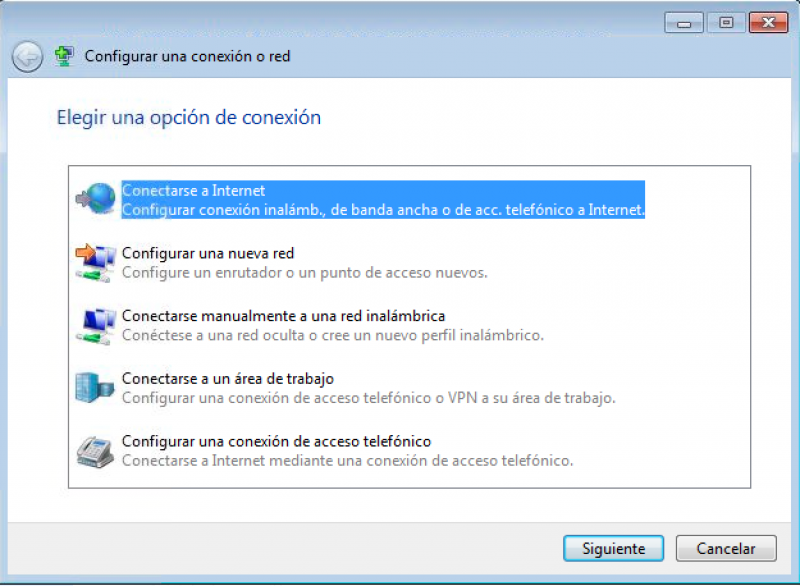
- Now, we go to select the first option “Connecting to internet” and then we do click on the button “NEXT”

- In the last screen, it asks us if we want use a conexion that already exist, we say “not” and we do click over the option “CONFIGURE A NEW CONEXION ANYWAY” where it shows this screen:
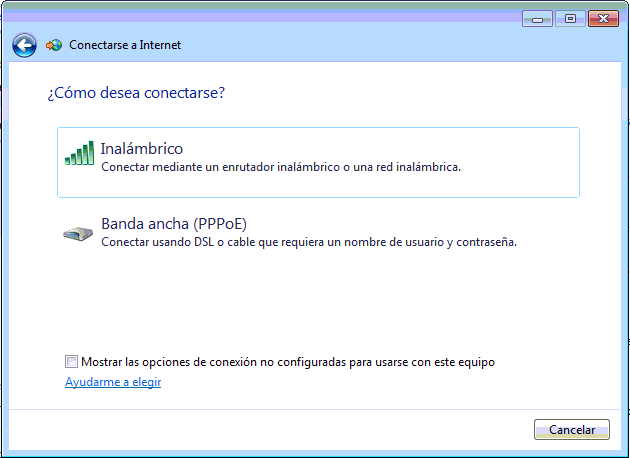
- In this screen we select the option “BROADBAND (PPPoE)” and it shows us this other screen:
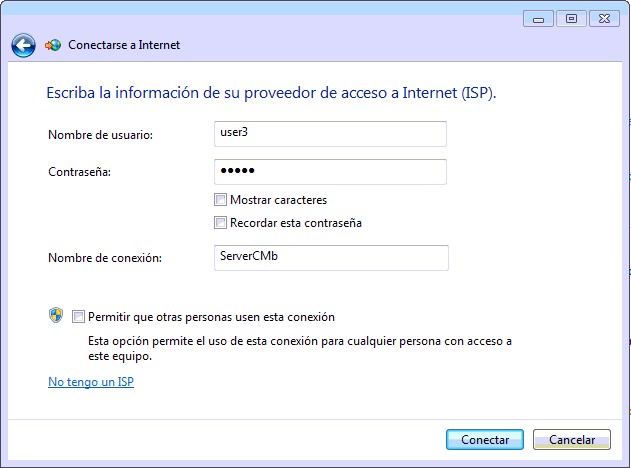
- Now we write a name of user, password and name of conexion and then we click over “CONNECT” and it shows the next screen:

- In this screen it says us that we have configurated the conexion already and we are connected. If all data are correctly, it will show us the next screens:


WINDOWS XP
- To configure a client PPPoE on windows XP we will go to “START” –> “MY PC” –> “MY SITES NETWORK” –> “SEE NETWORKS CONEXION” where it shows this screen:

- In this screen we will go to do click over the button “create a new conexion” and it will show this screen:

- Now in the assistance screen we will go to do click over button “NEXT” and it will show this other screen:

- We will go to select the option “connect to internet” and press over the button “next”. It will show this screen:
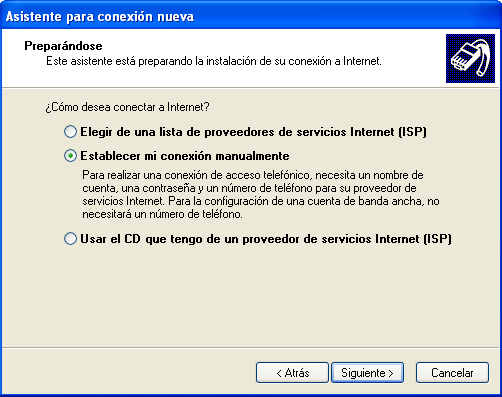
- Now we select the option “establish my conexion manually” and we do click over “next” again.
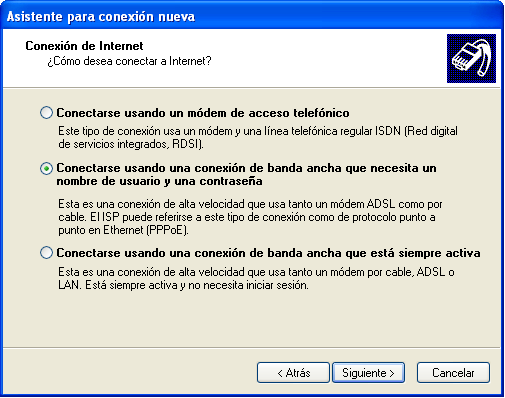
- In this screen we select the option “connect using a broadband conexion that it needs a user name and a password” and we do click on “next” again. it will show this:
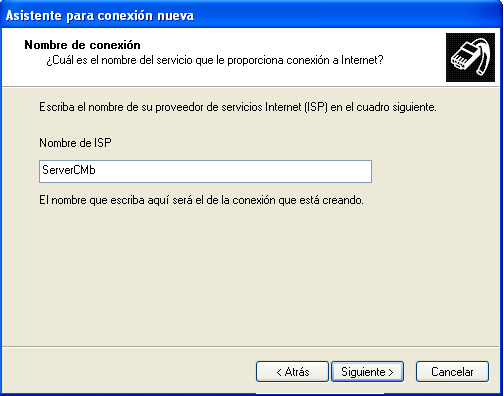
- Here we will select a name of ISP and we will do click on “next” one more time:
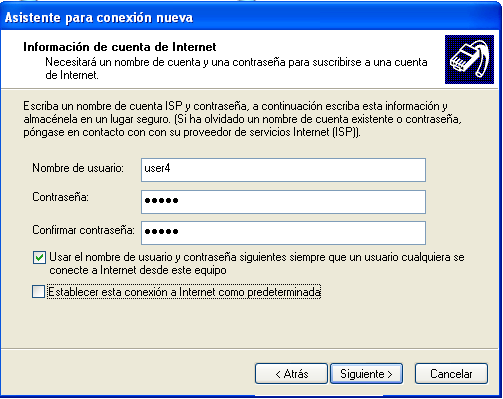
- Now we will to establish an user name with your password and we will go to change the defect vaules if necessary.

- To finally in this screen we will go to press over button “finish” and if all configuration is correct, it will connect automaticly.
L2TP / IPSEC Clients
Android
- Ir a Ajustes / Conexiones inalámbricas / VPN pulsar “Añadir perfil de VPN”.
- Rellenar los campos igual que la imágen:
Nombre Nombre de la conexión Tipo L2TP/IPSEC PSK Dirección del servidor Dirección del servidor L2TP Clave precompartida de IPSec Clave PSK configurada en el servidor 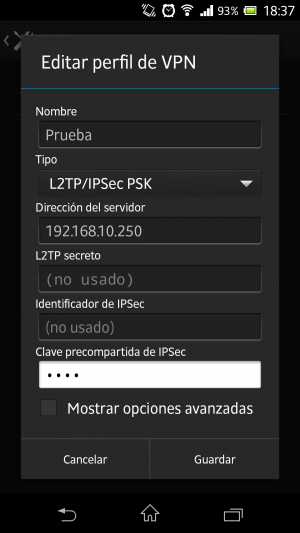
- Al tratar de conectar a la nueva conexión se pedirá el usuario y contraseña de autenticación.
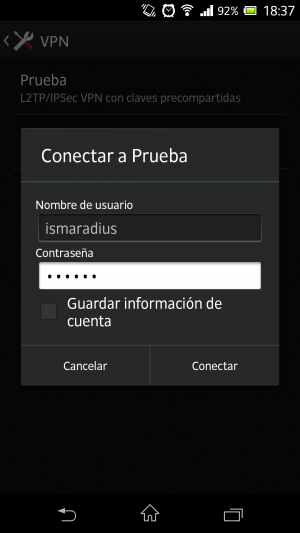
iPad / iPhone
- Acceder a Ajustes / General / Red / VPN y de pulsa en el botón Añadir configuración VPN.
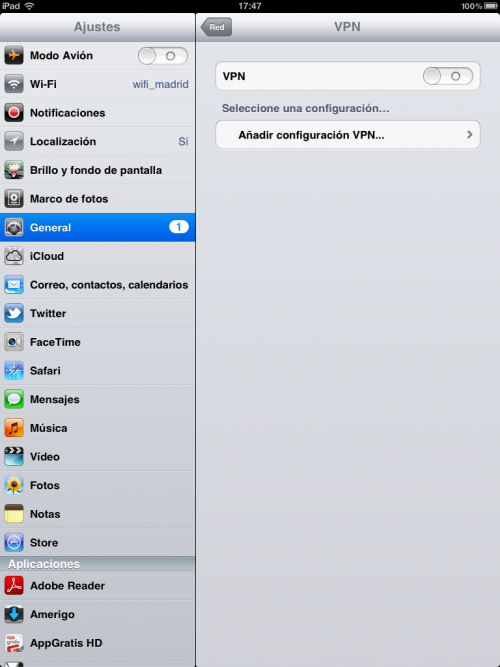
- En la ventana que se abre, completar los campos con la siguiente información:
Descripción Nombre de la conexión Servidor Dirección del servidor Cuenta Nombre de usuario Contraseña Contraseña de usuario Secreto Clave PSK (la misma que en el servidor) 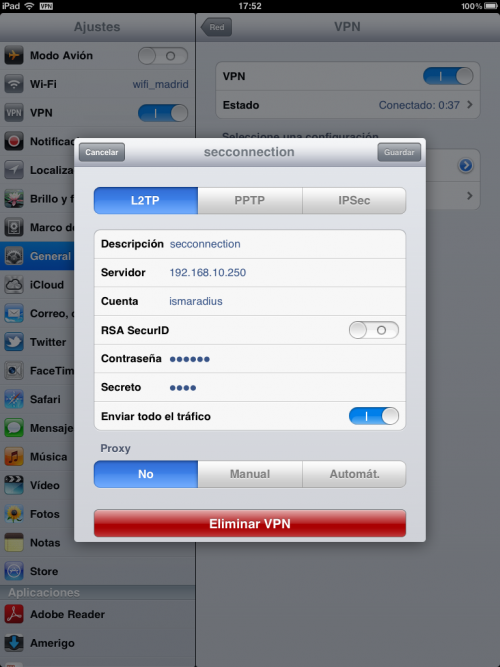
Linux (Debian)
- Instalar el software necesario: OpenSwan y XL2TPD.
apt-get install openswan xl2tpd
- Conformar los ficheros de configuración de OpenSwan (ipsec.conf, ipsec.secrets) de la siguiente manera:
Windows
Registro

- En la nueva ventana ir a HKEY_LOCAL_MACHINE\SYSTEM\CurrentControlSet\Services\PolicyAgent
- Reiniciar Windows
Configurar conexión
Xauth + PSK
Windows
In windows there is no native client to use XAUTH+PSK, so you have to download a third party program, you can use Shrew Soft client.
Mac OS
Add VPN connection and choose VPN type “Cisco IPSEC”.
